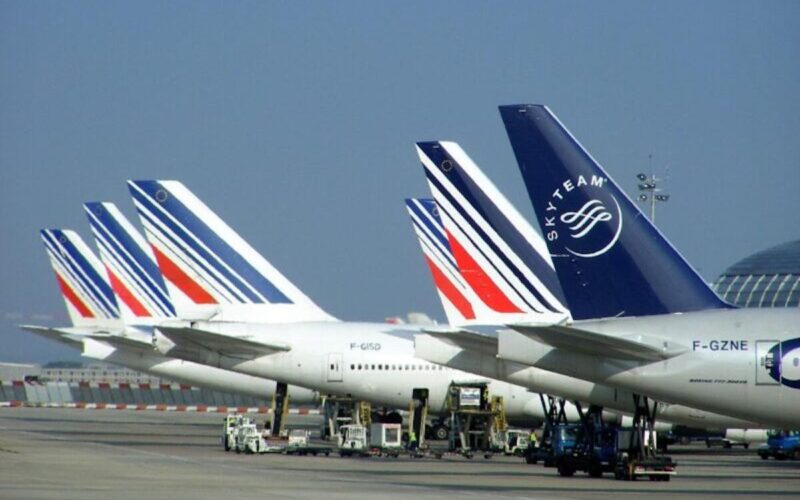On February 17 the Air France-KLM Group presented its consolidated 2022 full year results, which showed a combined revenue of €26.4B and a net income of €0.7B.
Capacity is back to 85% of that of 2019, the last pre-COVID year, and load factor is at 84%.
Altogether, the airlines of the Air France-KLM group, also including the low-cost carrier Transavia, carried more than 83 million passengers last year. This is almost double the total for the previous year, when the impact of the COVID pandemic was still being felt.
In terms of operating margins, Air France-KLM is now in even a better position than it was in 2019 (4.5% vs. 4.2%), with a total group operating profit of €1.2B.
Partly this was due to cost reductions, with the group’s unit costs per ASK going down (-4.5%). When presenting its outlook for the future, Air France-KLM vowed to continue reducing costs and bring the operating margin to 7-8% over the medium term.
According to Mr. Benjamin Smith, Air France-KLM Group CEO: “We close out the year with a positive net income, having turned the page on COVID, and look to the future with confidence in our ability to address the challenges ahead.”
He also mentioned the importance of the strategic commercial partnership with the CMA CGM Group, particularly in strengthening its cargo operations. This logistics and cargo operator is now the largest private shareholder of the Air France-KLM Group.
The airline group has continued to repay the financial support it received from the French state, with only €2.5B outstanding at the end of 2022, which it expects to clear in full by March 2023 through funds raised via sustainability-linked bonds and cash at hand.
Another €1.2B, which was granted under EU State Aid Covid Temporary Framework, will also be repaid between March and April 2023. Air France-KLM is issuing various financial instruments for this purpose.
The annual report also mentions the company’s decarbonization efforts, both through investment in SAF and fleet renewal. Over the course of the year, the fleet saw a net reduction in the number of medium-haul and regional aircraft, while the number of long-haul aircraft increased.

